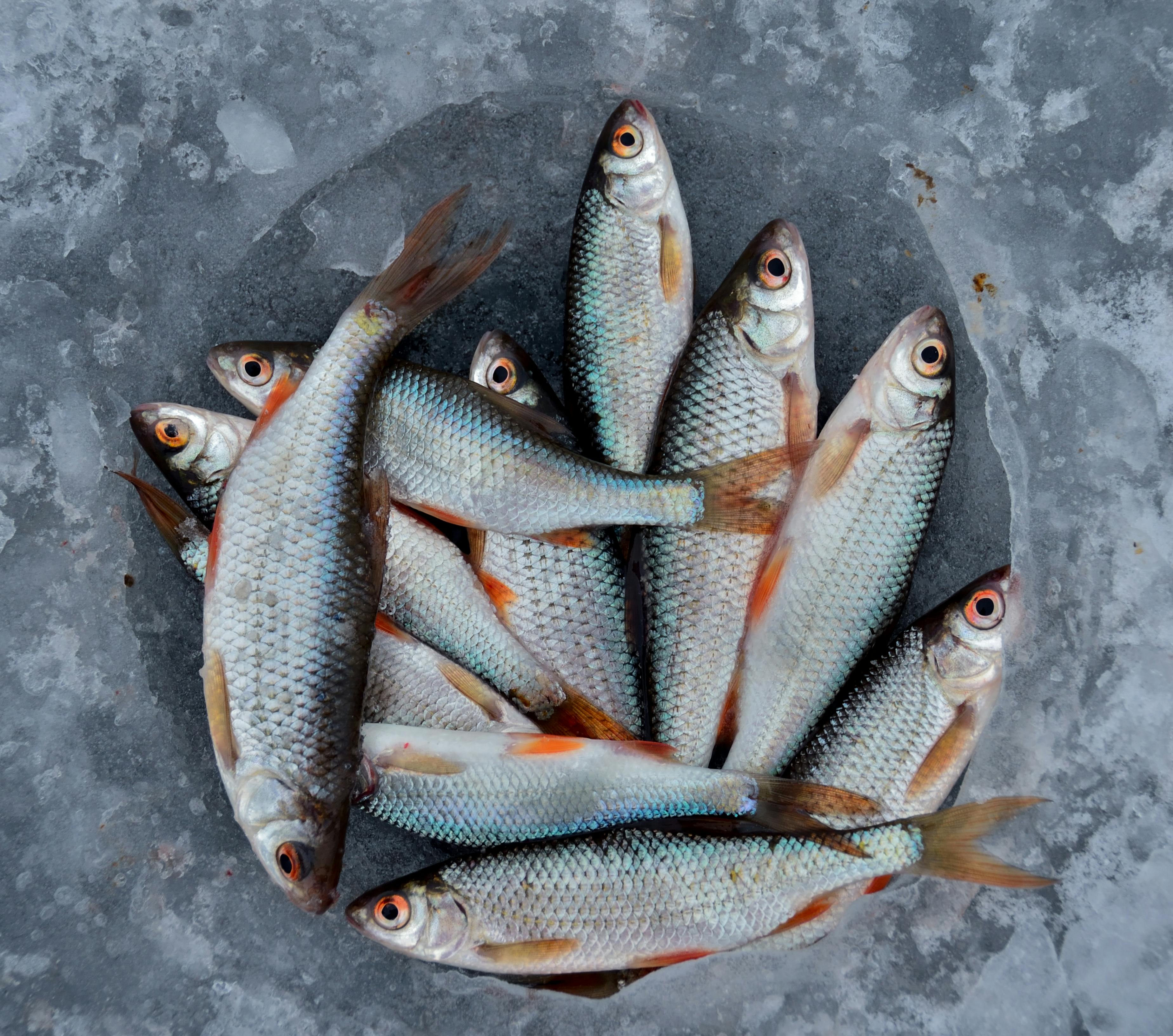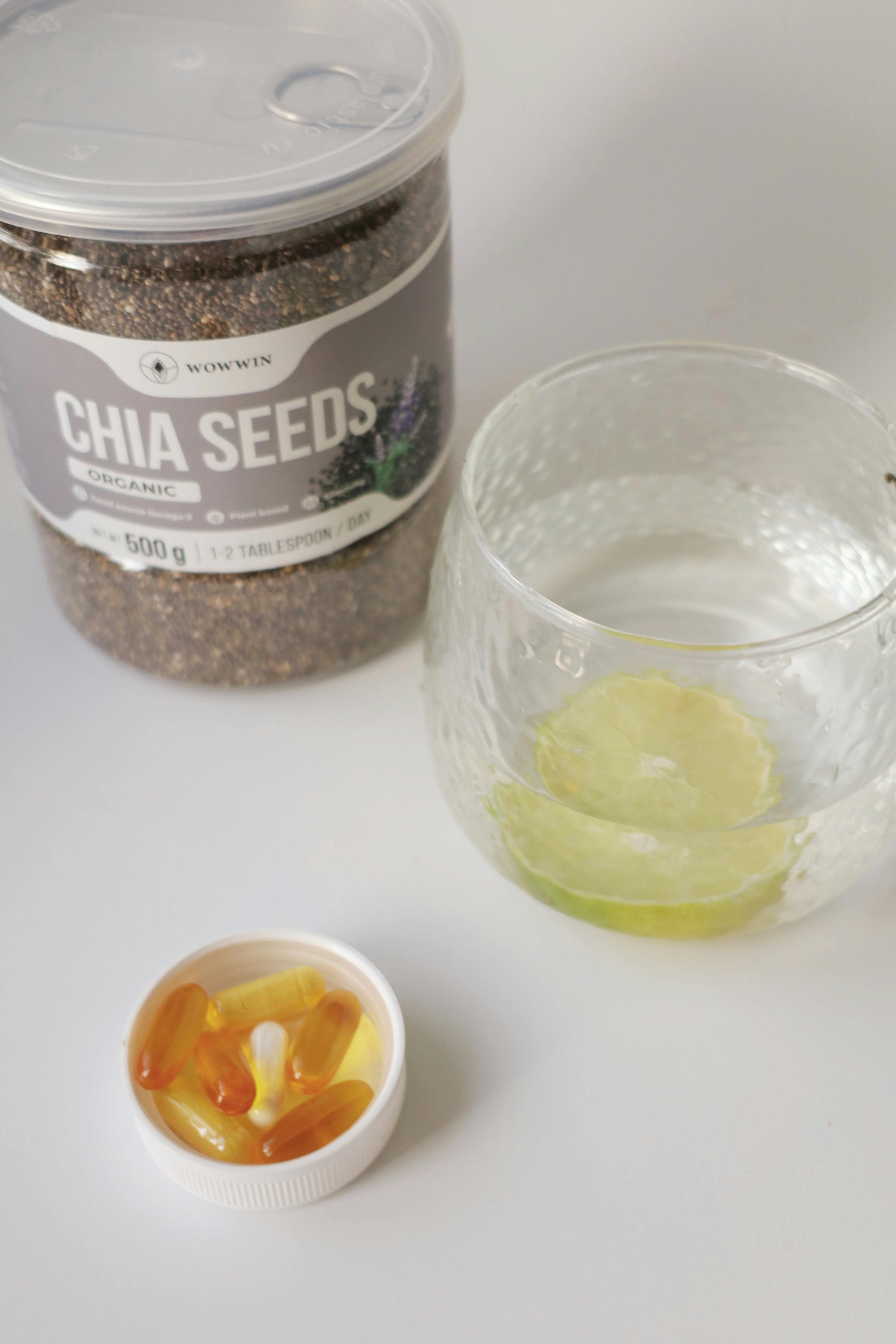Smart Guide to a Bland Diet for Dogs: Improve Digestion in 2025!
Ensuring your dog has a healthy digestive system is crucial for their overall well-being. A bland diet for dogs can be an effective way to support their digestive health, particularly when they're dealing with issues such as food allergies, upset stomach, or pancreatitis. This guide will provide you with everything you need to know about incorporating a bland diet into your dog's nutrition plan, focusing on the best practices for preparation, recommended ingredients, and specific diet plans tailored for different needs—from puppies to seniors.
In the following sections, we will cover the benefits of a bland diet, recipes, feeding guidelines, and expert recommendations. Whether your dog requires a low-fat diet or is dealing with digestive issues, this article will help you understand how to tailor their meals for improved health. You'll also find practical tips for transitioning your dog to a bland diet and recognizing improvement signs.

Essential Benefits of a Bland Diet for Dogs
Transitioning your dog to a bland diet can yield significant benefits, not only alleviating digestive issues but also promoting overall health. When dogs suffer from gastrointestinal issues, a bland diet can minimize discomfort and aid recovery. This section outlines the primary advantages of implementing a bland diet for dogs:
Promoting Digestive Health
A common issue faced by many dogs is digestive upset, which can manifest as diarrhea, vomiting, or general lethargy. By providing your dog with easily digestible foods, such as plain chicken and rice, you can relieve their discomfort while allowing their digestive system to recover.
Managing Food Sensitivities
For dogs with food allergies or intolerances, a bland diet can serve as an elimination diet to identify problem ingredients. By using bland diet ingredients for dogs, you can monitor their reactions and determine which foods they can comfortably digest.
Weight Management Solutions
A low-fat bland diet is often recommended for overweight dogs or those requiring weight management. By controlling the quality and quantity of the food, owners can ensure their pets maintain a healthy weight while still satisfying their nutritional needs.
Supporting Senior Dogs
Older dogs frequently experience digestive issues or require a more specialized diet. A bland diet can cater to their reduced metabolism by offering softer, less fibrous meals that are still nutritious.
With these benefits in mind, let's explore the ingredients commonly used in bland diets.
Key Ingredients for a Bland Diet
Understanding the proper ingredients to include in a bland diet is essential for ensuring your dog's health while addressing their digestive needs. Below are some of the best bland diet ingredients for dogs that are gentle on the stomach:
Proven Protein Options
Protein is a crucial building block for your dog's diet, and in the context of a bland diet, options like boiled chicken, turkey, or lean fish are excellent choices. These proteins are not only easy to digest but also provide the necessary nutrients your dog needs for recovery.
Carbohydrate Sources
When creating a bland diet meal plan for dogs, incorporating easily digestible carbohydrates like white rice or sweet potatoes can offer a reliable energy source without adding stress to their digestive system. It is vital to avoid high-fiber grains during this phase.
Vegetable Additives
While vegetables may not always be necessary in a bland diet, adding well-cooked, pureed options like pumpkin can offer additional digestive support. Pumpkin is rich in fiber, which can help firm up stools.
Maintaining Hydration
Staying hydrated is essential, especially if your dog has experienced vomiting or diarrhea. Make sure to encourage fluid intake during the transition by offering fresh water and potentially broths or diluted electrolyte solutions.
Now that we've discussed the key ingredients, let's examine how to prepare a bland diet for your dog.
How to Prepare a Bland Diet for Dogs
Preparing a bland diet for your dog doesn't need to be complicated. Here’s a simple guide featuring step-by-step processes to ensure your pet receives the nutrition they need without adverse effects:
Cooking Techniques
Boiling is the preferred cooking method for bland diets because it ensures the food remains soft and moist. Using these methods will allow the ingredients to retain their nutrients while preventing the addition of fat or seasoning.
Proper Portion Sizes
Adjusting a dog's portion sizes on a bland diet should be aligned with their weight and recovery needs. To avoid overwhelming their system, it's generally best to start with small servings and gradually increase as tolerated.
Creating Balanced Meals
A basic recipe for a bland diet might include a ratio of 2 parts protein to 1 part carbohydrate. For instance, a chicken and rice recipe could consist of 2 cups of boiled chicken breast mixed with 1 cup of white rice.
Monitoring Changes
As you introduce the bland diet, closely observe your dog's responses. Look for signs of improvement such as increased energy, normal bowel movements, and overall better behavior. If there are any concerns, consult your veterinarian for further guidance.
Having understood the basics of preparation, let's move to feeding guidelines and best practices.
Bland Diet Feeding Guidelines for Dogs
Feeding your dog a bland diet involves adhering to specific guidelines to maximize benefits and minimize risks. Below, we outline the best practices for effectively administering this diet:
Feeding Frequency
For dogs on a bland diet, it is often recommended to feed smaller, more frequent meals throughout the day. This approach helps prevent overwhelming their digestive system while ensuring they receive adequate nutrition.
Transitioning to a Bland Diet
Transitioning your dog gradually from their regular diet to a bland diet can help minimize digestive shock. Start by mixing small amounts of the bland diet with their usual food, progressively increasing the bland portion over 3-5 days.
Common Mistakes to Avoid
Many owners make the mistake of introducing new foods too quickly or failing to monitor food reactions diligently. These errors can lead to further digestive distress or prolonged recovery times. Always research and consult your vet about new ingredients.
Recognizing Improvement Signs
Monitoring your dog's reaction to a bland diet is crucial. Positive indicators include the return of a normal appetite, production of solid stools, and increased energy levels. If these improvements are noted, gradually reintroduce their regular diet based on vet advice.

Expert Recommendations for Implementing a Bland Diet
When embarking on a bland diet for your dog, especially when managing health-related issues, expert advice can provide clarity. Here are some vet-recommended practices:
Consultation with a Veterinarian
Before making significant changes to your dog's diet, seek advice from a veterinarian who can offer tailored recommendations based on your dog's unique needs. They can help identify underlying health issues and necessary dietary restrictions.
Incorporating Probiotics
Some experts suggest including probiotics in your dog's diet to support digestive health during recovery. Probiotics can help maintain gut flora balance, which is particularly beneficial when transitioning diets.
Long-term Adjustments
For dogs with chronic conditions, ongoing adjustments may be necessary to their diets. Regular veterinary check-ups will help assess and modify diet plans as needed based on their changing health status.
Diet Variations for Special Needs
Understanding that every dog is different, there may be variations to bland diets that cater to specific needs, such as those for dogs with pancreatitis or food allergies. Researching these variations can further enhance your dog's health and comfort.
Frequently Asked Questions about Bland Diets for Dogs
What are the signs my dog needs a bland diet?
Signs that your dog may require a bland diet include vomiting, diarrhea, lethargy, and signs of discomfort after eating. If these symptoms persist, consulting a veterinarian is essential.
How long should I keep my dog on a bland diet?
Typically, a bland diet should be followed for up to 3-5 days, or as directed by a veterinarian. It's crucial to monitor your dog's progress closely during this period.
Can I use commercial bland dog food?
Yes, commercial bland dog foods can be beneficial, particularly those designed for dogs with sensitive stomachs. Always check with your vet to ensure a specific brand is suitable for your dog's individual needs.
What should I avoid in a bland diet?
Ingredients to avoid in a bland diet for dogs include high-fat foods, dairy products, and any potential allergens that your dog has previously reacted to, such as certain grains or proteins.
How can I tell if the bland diet is working?
Monitor your dog for improvements in energy levels, appetite, and the consistency of their stool. Gradual signs of improvement indicate that the bland diet is successfully aiding digestion.
This comprehensive guide will help you navigate the complexities of a bland diet for dogs, ensuring your furry friend enjoys optimal digestive health. For more resources and detailed recipes, check out Bland Diet Recipes for Dogs and learn about Managing Dog Digestive Issues.
